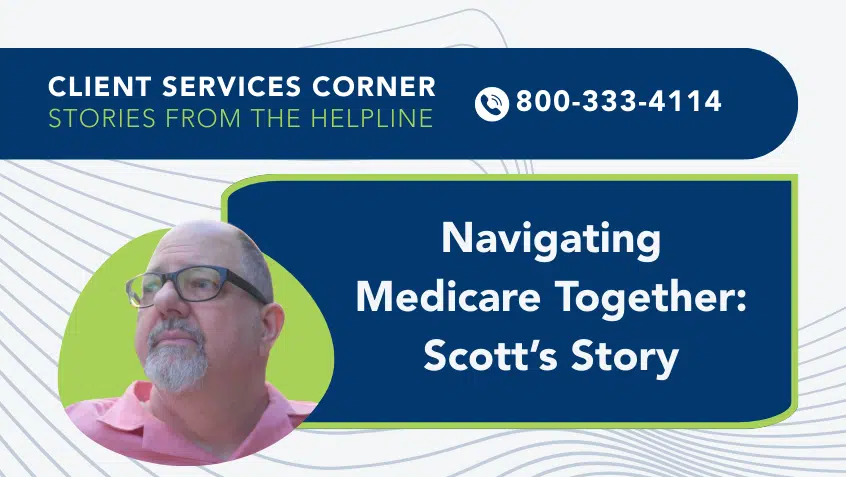Join Us Live for a Discussion on Medicare, Democracy, and the Future of Health Care
Medicare Rights Educates National Audiences on Health Coverage Options for People with Medicare and Medicaid

Over 12 million people in the United States have both Medicare and Medicaid for their health coverage. Medicare, which covers older adults and people with disabilities, and Medicaid, which covers people with limited income and assets, work together to provide the health care people need. However, it can often be confusing for individuals to navigate both types of health coverage.
With support from the National Council on Aging (NCOA), the Medicare Rights Center has developed a toolkit to help beneficiaries with Medicare and Medicaid and counselors who work with them. People dually eligible for Medicare and Medicaid have many coverage options, including receiving Medicare and Medicaid coverage separately, or through a single, integrated care plan that can help coordinate health care services.
The new national toolkit includes a chart explaining the different coverage options for people with Medicare and Medicaid, a primer on integrated care plan options, answers to frequently asked questions, and a slide deck to train counselors to better assist their clients. Additionally, two consumer fact sheets outline health coverage options and questions for beneficiaries to ask when choosing their coverage.
More than twice as many people with Medicare and Medicaid suffer from poor health compared to individuals enrolled only in Medicare, and they are also more likely to require nursing home care. It is therefore critical that these individuals have good information and decision-making assistance readily available when choosing and navigating coverage.
Visit NCOA’s website to access the Integrated Care for People with Medicare and Medicaid toolkit.
Show Comments
We welcome thoughtful, respectful discussion on our website. To maintain a safe and constructive environment, comments that include profanity or violent, threatening language will be hidden. We may ban commentors who repeatedly cross these guidelines.
Help Us Protect & Strengthen Medicare
Donate today and make a lasting impact
More than 67 million people rely on Medicare—but many still face barriers to the care they need. With your support, we provide free, unbiased help to people navigating Medicare and work across the country with federal and state advocates to protect Medicare’s future and address the needs of those it serves.
The Latest
Most Read
Add Medicare to Your Inbox
Sign up to receive Medicare news, policy developments, and other useful updates from the Medicare Rights.
View this profile on InstagramMedicare Rights Center (@medicarerights) • Instagram photos and videos









